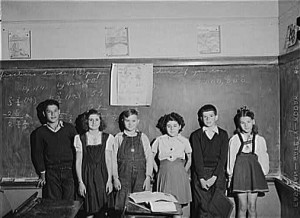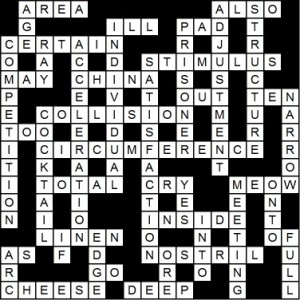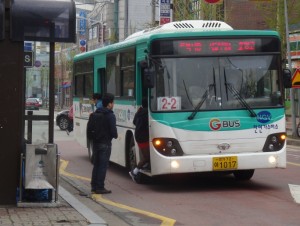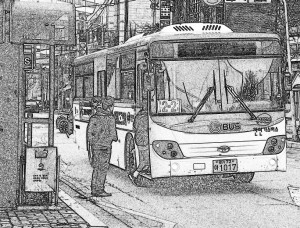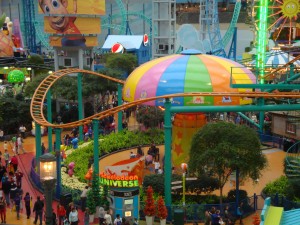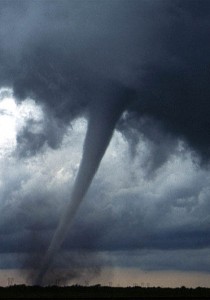One of the subjects that American schoolchildren study is English. Of course they must study reading, writing, and grammar, but another thing they need to study is spelling. Every week the teacher gives the students a list of words to study, and the students are tested at the end of the week. Sometimes, as a fun way to practice spelling, the teacher might have a spelling bee, or spelling contest.
Generally speaking, a “bee” is when people get together to accomplish some task. When people help each other, it is easier to finish a project. In the old days, for example, women would get together for quilting bees – where the women would work together to make quilts, or blankets – and men would get together for a barn-raising bee, and so on. Other types of bees are apple bees, husking bees (or shucking bees), knitting bees, logging bees, paring bees, and spinning bees.
Spelling contests became especially popular in the 1800s. The term “bee” was adopted to describe these competitive events, even though a spelling bee isn’t really a communal effort like a quilting bee or a husking bee. There were spelling bees not only in schools, but also local ones which the community could participate in, sometimes for prizes.
Often, spelling bees are intramural: a teacher will have a spelling bee for the class, and then the winner of the spelling bee might have the opportunity to compete against the best spellers in the other classes of that school. For each round, the participants are each given a word to spell by the pronouncer. Any participant that spells his given word incorrectly will be eliminated from the competition. If all the participants in a round misspell, all remain in the competition, and there will be a new round. If only one participant in a round spells correctly, there will be a final round, and the participant will have to spell that final word correctly to win the spelling bee. If he misspells the final word, then all who had misspelled before that final round are back in, and a new round starts. The spelling bee continues in this manner until only one speller is left – the champion.
In a formal spelling bee, the pronouncer is the one who reads the spelling words from a list for the spelling bee participants. He has to pronounce the words as indicated in the dictionary. The speller may request the pronouncer to repeat the word, define the word, use it in a sentence, provide the language of origin, provide the part of speech, or give an alternate pronunciation. Judges uphold the rules, and make the final determination whether or not words are spelled correctly. The speller must pronounce the word before and after it is spelled, and he must face the judges so they can tell by the speller’s lip movements if the word has been spelled correctly.
Sometimes, though, spelling bees are extramural – the winners might go on to compete against the best spellers from other schools in regional contests. Excellent spellers can advance to the state level, or even the national level, competing against the very best from all across the country. In the United States, the most famous of these national contests is known as the Scripps National Spelling Bee. We’ll take a look at this well-known contest next week.

